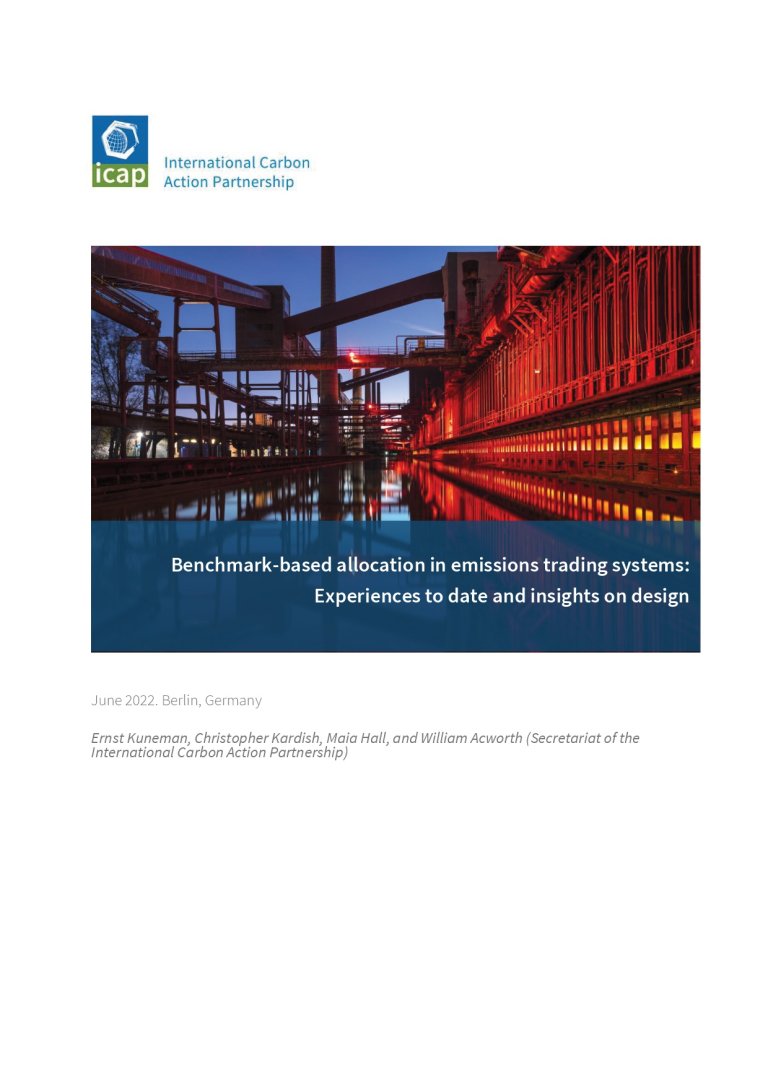Benchmark-based allocation in emissions trading systems: Experiences to date and insights on design


Category
Topics
Release date
Language
Benchmarking is a tool that can effectively protect firms in an ETS from carbon leakage while setting incentives to reduce emissions. It offers ETS jurisdictions the advantage of severing the link between a firm’s emissions and the allowances it receives as part of free allocation. While this provides significant advantages over grandparenting based on historical emissions, benchmarking is complex, and their design entails trade-offs that become more pronounced as jurisdictions move to decarbonize hard-to-abate sectors.
This paper sheds light on how benchmark-based free allocation is designed across major ETSs, particularly on the implications of benchmark design choices on abatement incentives. Specifically, it draws on the experiences and design features of the European Union ETS, the California Cap-and-Trade Program, the Québec Cap-and-Trade System, the New Zealand Emissions Trading Scheme, and the Korea Emissions Trading System. As ICAP’s work program focuses on the linkages between allocation policy, carbon leakage, and deep decarbonization, this paper centers specifically on industrial allocation. The paper complements experiences to date from these ETSs with insights from the literature on benchmarking to highlight considerations in benchmark design with significant implications for abatement and low-carbon investment incentives.
